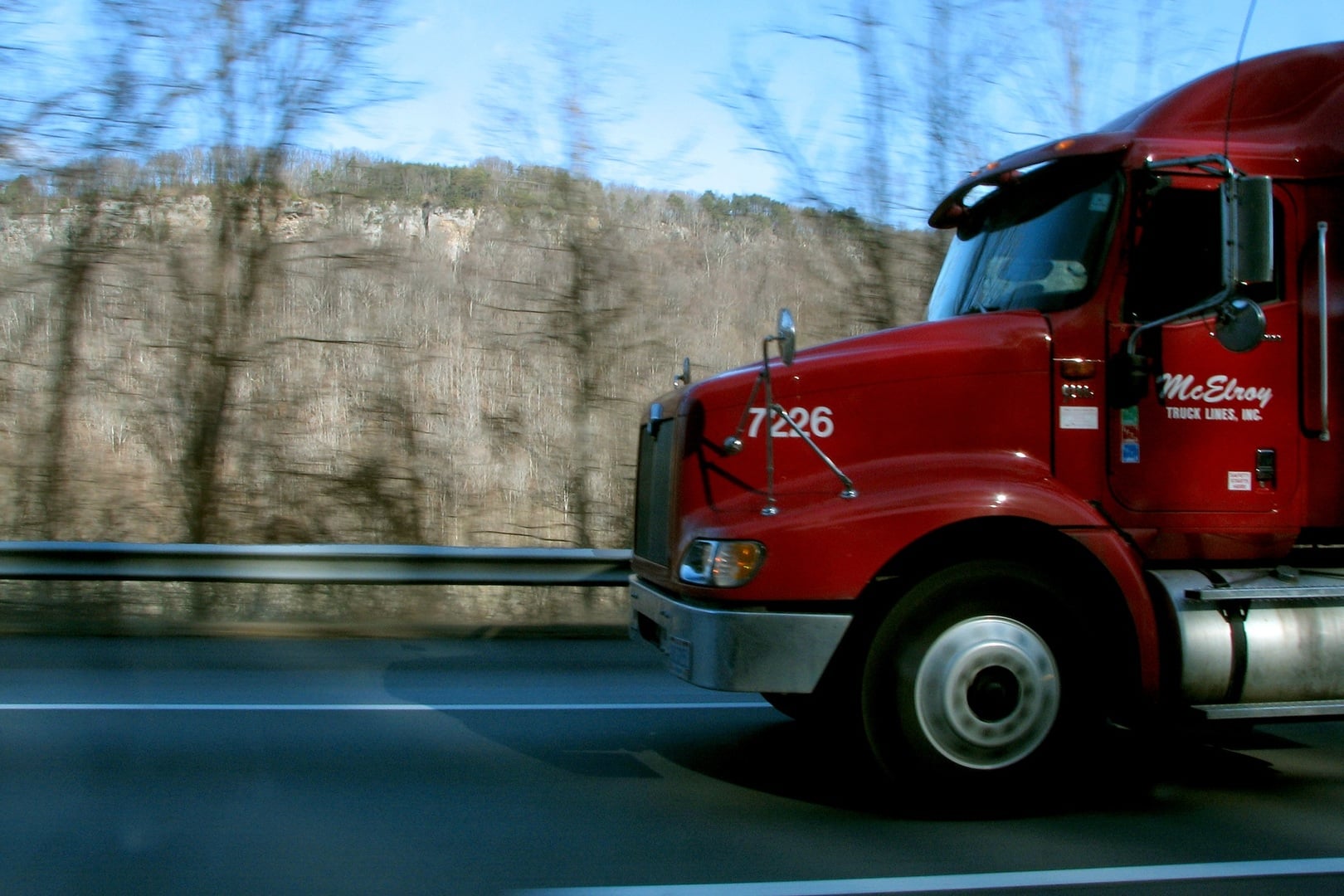
CDL School
Enrolling in a commercial driver’s license CDL school is an easy process. All it takes is the will, effort, patience, and of course the finances to back up the plan. While there are a lot of available practice tests online, getting information from an instructor or another professional in a classroom setting is still one of the best ways to learn.
We suggest following the steps below to ensure the process of finding and enrolling is smooth and to your best interest.
Before you go about hunting for schools, you should first see what a commercial driving license can give you, and of course the areas you need to be familiar with. A general knowledge test should at least tell whether you are familiar enough. If you think you are up to the task of the demands of the profession, then go ahead and proceed to the next step.
In the manual you’ll find the minimum requirements that need to be met. These qualifications vary depending on which state you’re from, but the age is a general rule. For within the state trucking, you should be 18 years old and above.
For long distance driving (state to state) however, an applicant should at least be 21 years of age. It does not matter whether you’re getting a Class C license, requirements should be met. Physical requirements are also important. This job entails a lot of long hours, so make sure to read through everything to avoid wasting money.
There are a lot of schools that offer training programs. The type of approval is classified into three categories: licensed, certified, or accredited program. A licensed training program is when the school meets the requirements set by the state. Its facilities, instructors, and even the curriculum they give to students have been inspected by the state.
Another training program offered is a certified training program. Inspection is usually done by a group other than the state, such as third party agencies that set the standards for the trucking industry. You can find an accredited program, on the other hand, when you study under a school that has gained an accreditation from an agency sanctioned by the Department of Education. Similar to job hunting after college, the type of approval will be one factor an employer looks at to assess your capability.
If you’re juggling another job and enrolling at the same time, look for a CDL school that is within your vicinity. This will help you avoid getting late for classes. Understand that each class is important. Find a school that can be flexible with your schedule, e.g. allowing you to attend another class on different schedule, as makeup for a class you missed.
Once you’ve gotten the above items, it is now time to narrow down your choices. Call all of your desired schools, or appear personally but do not sign anything just yet. This is the part wherein you can ask all about the program they offer.
Take advantage of this by listing down the pros and cons of each CDL school. Also include all the factors that may affect your training. It is also important to weigh whether the price for the program is relative to the training and inclusions you’ll be getting. Some schools offer tuition fee reimbursements, and work after study programs, so be mindful of that too.
Choosing the best one still all comes down to preference. You cannot really justify what one needs, and only through personal assessment can things be finalized. But to guide you in the selection, you can make a list of all your goals.
For example, proximity to current workplace, tuition fees, flexibility, type of training program. These are only few of the things you can list. In addition, if you’re eyeing to pursue long distance driving such as those that require endorsements on doubles and triples or long vehicles, then check to make sure that school offers it top. If one school meets most of it, then go for that option.
Now that you have decided the school, call back your preferred school and give them a heads up. The general process is this: they’ll give you an application form, and then assess your criminal, health, and of course driving records.
After that, the process is an easy breeze. Training will start immediately on your preferred schedule. The school will then give you classroom lectures to pass the learner’s permit exam. When the receive the permit, training under a professional truck driver or instructor will commence. You will learn the hands on or practical driving part of the program, making you ready for the last part of the acquisition of your commercial driving license.